If you were holding your breath for all of 2021, worrying over every headline about employees leaving their jobs in droves and candidates demanding exorbitant salaries, let me tell you one thing: It’s time to breathe.
I’m not predicting that the economy is going to be great, nor will I predict there is a recession on the horizon. We’re certainly going to see a lot of bumps in the road this year. The economy will continue to seesaw as we strike a more sustainable balance. Inflation will dominate the conversation, especially how interest rates could slow or stop the obvious inflationary risks. Crypto is here to stay, and NFTs and virtual worlds are front and center, driving economic growth at a wild clip.
In our business of placing talented people within amazing companies, I am not saying that hiring is suddenly going to be simple or even slow down. Hiring the right people has never been easy, and we’ll continue to see challenges in the year ahead. What I am saying is that recruitment and hiring are going to be a lot more predictable, and in some spaces within corporate structures many will realize there has been substantial over-hiring. Some of the trends that have made things so volatile over the past year or so are subsiding. Our teams are going to stabilize, the number of people leaving their jobs will drop, and the salaries candidates are asking for will be more reasonable.
All of this is already starting to happen. Here at JBC and Janou Pakter, we’re seeing signs that things will gradually return to “normal” in the hiring process over the course of 2022. The companies that we work with every day are feeling optimistic about the coming year. They’re breathing easier, and so should you.
Here’s a little bit of what we’re expecting for the year ahead:
Goodbye, Great Resignation
By the middle of the year, the Great Resignation — or the Great Reshuffling, the Big Quit, or whatever you want to call it — will pretty much be over. Headlines have been focusing on the bad news, like the fact that in November 2021 a record 4.5 million workers quit their jobs. But that’s only part of the picture. The total number of job openings is beginning to drop. So is the number of people filing for unemployment benefits.
All of this tells me that things are moving in the right direction. Companies are continuing to fill open positions and those in the market for a job are finding them. We may see more doom and gloom about people quitting over the next few months, but expect this narrative to end by the middle of the year.
Hello, balanced labor market
We all know that the labor market has been out of whack for well over a year now. With about a million more job openings than people actually looking for jobs across the country, employers found themselves having to compete for top candidates.
While we may not think about the intimate strategic details behind hiring, there is a science to it and in 2021 that science was thrown to the wind. The world’s most powerful companies, run by the world’s most influential leaders, were all competing for the world’s best talent. To sweeten the pot, they offered signing bonuses, overly generous salaries, and other perks just to grab that talent at any cost before the competition could. Here we are arriving in 2022 and perhaps logic is finally settling in, driving a reduction in openings and a smarter positioning on compensation.
Throwing money at anyone with a pulse is coming to an end. It’s just not a sustainable way to do business. Instead, companies are focusing on ways to keep their current employees from heading for the door. On the less positive side, this could cause companies to leverage fear instead, implementing non-compete and liquidated damage clauses for those who chose to leave and repayment clauses for those who were trained and then decide to leave. However, hybrid work models, flexible schedules, and more autonomy in setting their own goals have been shown to greatly improve employee satisfaction and engagement. That is what will help bring a more balanced labor market in 2022.
Goodbye, recruiting more recruiters
In 2021, the hardest job to recruit for was a recruiter. There weren’t enough to go around because many companies were starting in-house recruiting teams to help them find the employees they needed. As a result, wages increased in recruitment faster than in any other industry.
As the year progresses, all of the massive hiring in recruitment and talent acquisition will come to a screeching halt. In fact, we may even start to see layoffs in HR departments as they focus less on bringing in new employees and more on keeping the ones they already have.
Hello, reunited teams
A lot of us have barely seen our colleagues in two years. But that will change in 2022 as we start coming into the office more and more. Our entire workforce won’t necessarily be in the office at the same time, but we’ll be bringing in people for group projects, departmental meetings, and annual events. It’s just too important for productivity, creativity, and a sense of being connected with your coworkers.
In 2022, everything probably won’t feel “normal.” But the new normal — a more stable workforce, employees who are satisfied with their jobs, and the chance for us all to be together in the same room for a change — is something that we can all look forward to. And it will be here before you know it.

